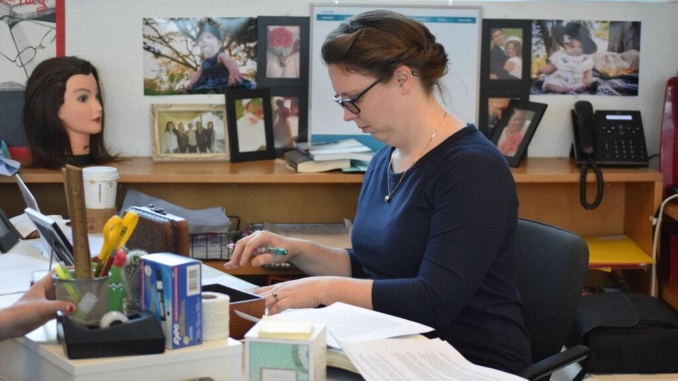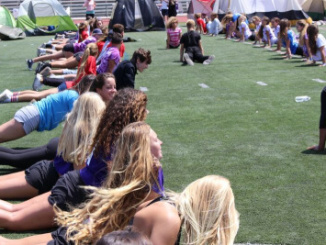
Staff Editorial
Some teachers at Mira Costa have begun to flip their classrooms in an attempt to better teach their curricula in an engaging way. Despite the fact that students’ views on flipped classrooms in the nation indicate a fear of the practice, as proven by evidence from across the country, the method is not only necessary to teach particular courses effectively, but can also be beneficial to students if implemented properly in other classes.
In a traditional classroom setting, students generally learn the material in class and then apply their knowledge through assignments or activities at home. In a flipped-classroom setting, students are first introduced to content through reading or assigned videos at home and then use class time to supplement their learning through methods such as class discussions, demonstrations, activities or Q&As.
Flipped classrooms have greater potential to enhance students’ experiences than traditional classrooms as they allow students to interact more, engage in more effective discussions and receive additional assistance from teachers, Manhattan Beach Unified School District Superintendent Dr. Michael Matthews said. These opportunities provide a number of valuable assets to students that will improve learning in the classroom if implemented properly.
The nature of the curricula for some courses, such as AP Chemistry, requires a flipped classroom in order to perform sufficient activities that can only take place in the classroom, and thus are a necessity for students to cover course material properly. Advanced Placement Chemistry teacher Teresa Nielsen said that she turned to a flipped classroom in order to make time for the College Board requirement that 25% of class time in AP Chemistry is spent in lab.
Vanderbilt University Research on Flipped Classrooms.
In a La Vista survey of 200 Costa students, 65% of respondents said that it does not prefer flipped classrooms over traditional classrooms because it experienced more confusion when learning at home. Clearly, the majority of students polled believe it benefits more from traditional classrooms than flipped, indicating that the current practice of flipping classrooms on campus is not properly catered to students.
The main reason students dislike flipped classrooms is that they aren’t used to them and don’t know how they work, Advanced Placement Environmental Science teacher Trevor Oystrick said. Although it’s possible that students at Costa may be unfamiliar with flipped classrooms, if 65% of students disapproves of a teacher’s current method, then there is clearly an issue with the implementation of flipped classrooms.
According to Stanford University Professor Carl Wieman, students in his flipped physics class scored an average of two and a half standard deviations above the mean of the students in the non-flipped class. Despite Costa students’ concerns, the compelling evidence of success from this test clearly demonstrates the utility of flipped classrooms if executed properly.
Carl Wieman’s key points about active learning.
Although flipped classrooms are not widely utilized by many teachers, growing evidence demonstrates the advantages of focusing on more engaging activities within the classroom when it is designed to properly benefit students.




Leave a Reply